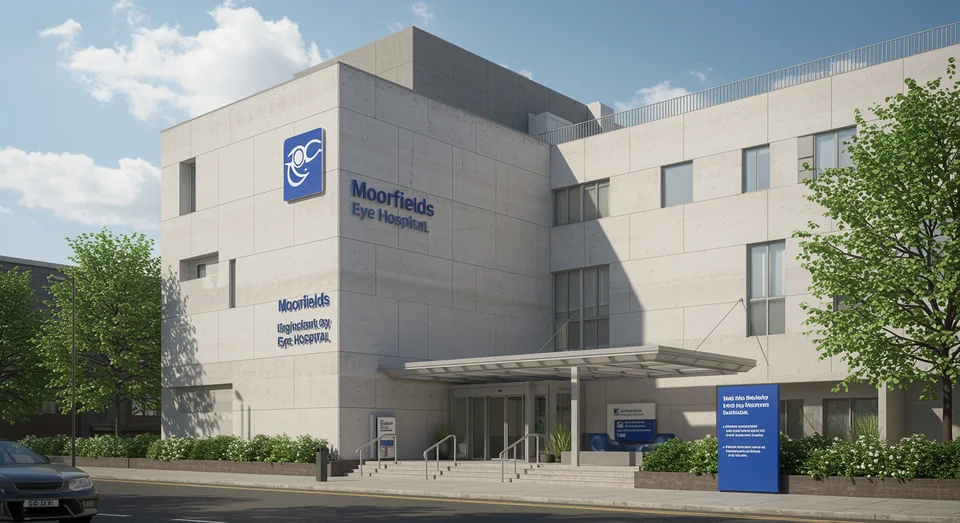New Eye Test by UCL and Moorfields Detects Parkinson’s 7 Years Before Symptoms
36 views
A groundbreaking medical advancement has emerged from the collaborative efforts of Moorfields Eye Hospital and University College London: a new diagnostic eye test capable of identifying signs of Parkinson's disease up to seven years before symptoms manifest. Published in the Neurology journal and spotlighted by the NHS during World Parkinson's Day, this innovation holds the promise of transforming the landscape of early intervention and patient care for a condition that affects millions worldwide. The development has been met with optimism, not only within the medical community but also among individuals living with Parkinson's, including comedian Paul Sinha, who shared his personal experiences in a heartfelt video.
The test relies on analyzing subtle changes in the retina, an area of the eye that serves as a window into neurological health. By detecting these early markers of Parkinson’s, researchers hope to shift the timeline of diagnosis, allowing patients to access treatment and support long before the disease begins to erode their quality of life. Such advancements could pave the way for more effective therapies that slow progression, a crucial need in a field where early intervention has been elusive. The NHS’s promotion of this breakthrough during World Parkinson’s Day underscores its commitment to integrating cutting-edge science into public health initiatives.

Paul Sinha’s reflections on his own journey with Parkinson’s added a poignant layer to the news. Diagnosed in 2019, the comedian has been vocal about the challenges and complexities of living with the disease, offering a perspective that resonates deeply with those affected. His video, shared widely during the awareness campaign, underscored the importance of research and innovation in reshaping the future for individuals with Parkinson’s. Sinha’s candidness highlighted the human side of the scientific achievement, reminding audiences that behind every breakthrough are lives waiting to be changed.
This eye test represents more than just a technological leap; it symbolizes hope for a future where neurodegenerative diseases are met with precision medicine and proactive care. As researchers continue to refine the technique, the potential ripple effects—extending beyond Parkinson’s to other neurological conditions—could redefine the scope of early diagnosis. For now, the test stands as a testament to the power of collaboration between science and healthcare, offering a glimpse into a world where patients may no longer have to wait for symptoms to dictate their path forward.